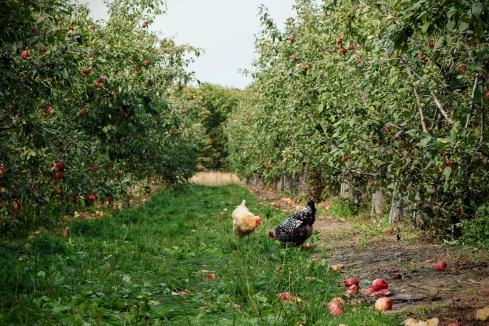Food Forest


A food forest is a type of garden that is designed to mimic the structure and function of a natural forest ecosystem, while also providing a diverse array of edible plants for human consumption. In a food forest, plants are arranged in layers, with tall trees forming the upper canopy, followed by shorter trees, shrubs, herbs, and groundcovers. Each layer provides a different set of ecological functions, such as nutrient cycling, soil building, pest control, and pollination.
A food forest typically includes a mix of perennial plants, such as fruit and nut trees, berry bushes, and perennial herbs. These plants are selected for their ability to grow well together in a given climate and soil type, and for their ability to provide multiple yields throughout the year. In addition to food crops, a food forest may also include other useful plants, such as those that provide fiber, medicine, or fuel.
The goal of a food forest is to create a low-maintenance, sustainable system that can provide a diverse range of nutritious foods for humans, while also promoting biodiversity, soil health, and ecosystem resilience. Food forests are often used in permaculture design, and can be found in both urban and rural settings.
